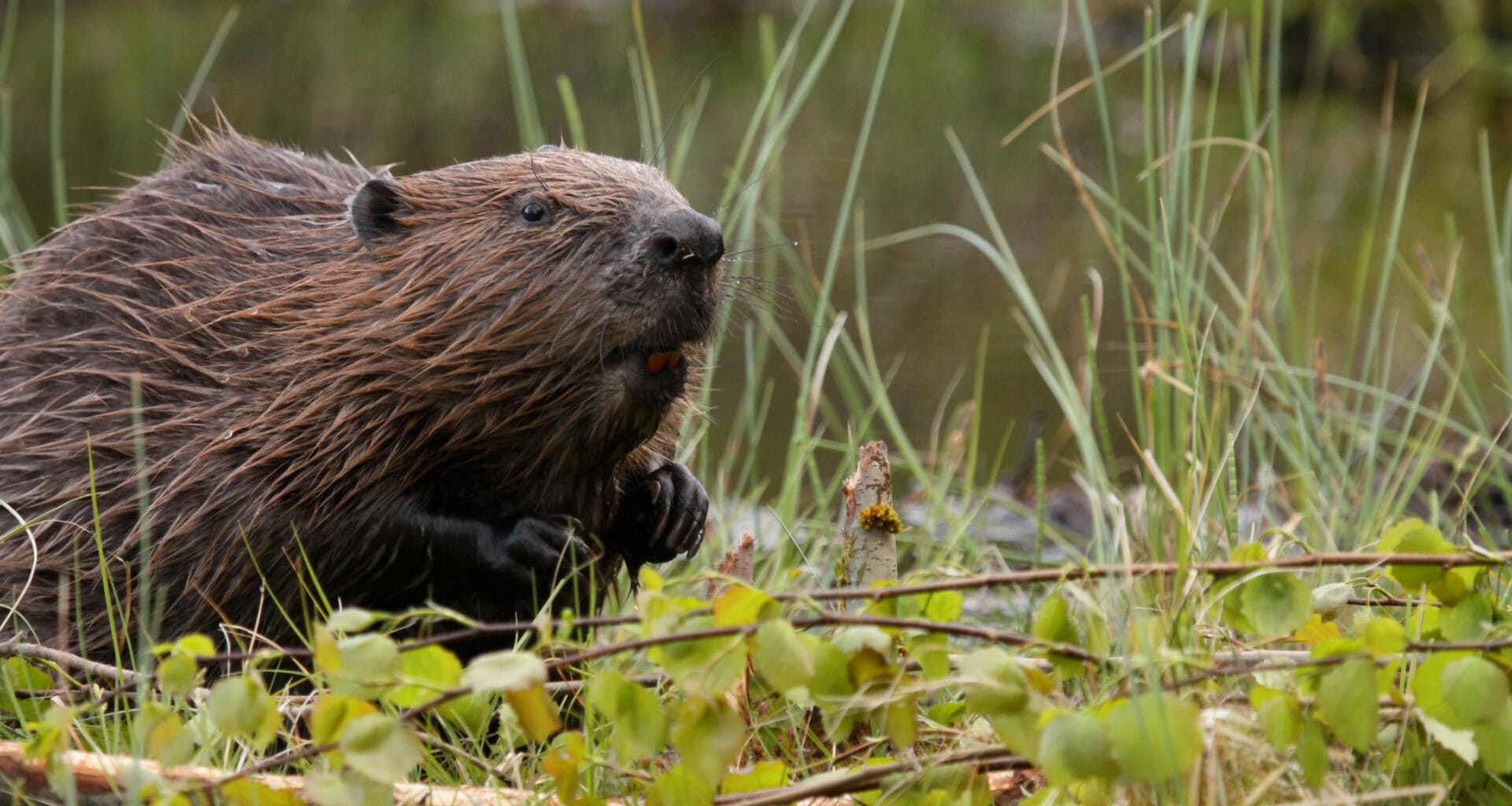Conservationists have welcomed plans by the Scottish Government’s woodland agency to bring beavers to three new sites on its vast estate before the end of this year.
Forestry and Land Scotland (FLS) has drawn up a list of ten possible sites in the 2,500 square miles it manages and beaver experts will narrow them down to three.
The ten sites are across the Highland and central areas, with one in Glen Affric, west of Inverness, where charity Trees for Life is planning a major rewilding scheme.
The decision reflects a U-turn by the government, which until last year refused to allow translocation of problem beavers to new sites within Scotland.
But separately there are fears the new government strategy for managing the spread of the animals – due to be published in the next few weeks – will not allow translocations quickly enough to save significant numbers from being shot by landowners.
Neighbouring landowners to the proposed new sites will be consulted, with objections likely to include fear of flooding caused by beaver dams. Other groups including salmon fishing interests and even lichen scientists could also object.
The practice of killing 80 plus beavers every year in Tayside, when they could be translocated to areas where their ecosystem benefits are needed, has never made any sense.
James Nairne, Scottish Wild Beaver Group
Kenny Kortland, wildlife ecologist for FLS, said: “The FLS team will consider the local neighbour issues and we’ll obviously start off going for the ones where there are fewest possible problems.”
Beavers can only be trapped for translocation when kits – born from April to June – are no longer dependent on their mothers, usually about two months old. Kortland added: “We’re looking to be able to take them at the end of this year’s kit dependency period, so this year, this autumn.” The period young beavers (kits) are mother dependent ends from mid to the end of August.
Escaped beavers first appeared in the River Tay catchment 20 years ago, after the animals were absent from Scotland for 400 years. They are now a protected species because their dams boost biodiversity and buffer against floods, and they number more than 1,000.
In areas where dams cause problems, 289 have so far been shot since they became protected in 2019. Others have been translocated, mainly to English sites.
Conservationists hope the new strategy will greatly reduce numbers shot by providing more translocation opportunities and limiting lethal control. In May NatureScot reported that 87 beavers were killed under licence in 2021.
The strategy will be released by the Scottish Government wildlife agency NatureScot later in July after lengthy consultation with stakeholders including conservationists, farmers and scientists.
It is expected to include plans to commit long-term government funding for beaver projects, and look for funding from elsewhere. Another commitment will be to have transparency around the licensing of translocations, and scientific measurement of the expected environmental benefits from beavers.
Lichen experts are understood to have expressed concerns that habitats with some of the rarest plants in Scotland’s rain forest could come under attack from the tree-eating rodents.
Angling interests in the Spey Valley fear recent efforts to boost salmon numbers could be undermined by the appearance of beavers in the Cairngorms National Park. Beavers are likely to be reintroduced in the park next year.
Roger Knight, director of the Spey Fishery Board, believes that while salmon and beavers co-existed until 400 years ago, salmon are now so badly impacted by environmental change that beavers could cause them problems. “The introduction of another species that is going to potentially impede salmon recovery is not, we believe, the way to go,” he said.
More on Beavers, conservation and the Environment here.
Environmentalist Tom Bowser carried out Scotland’s first translocation of beavers onto private land, at Argaty near Stirling, and campaigns for the spread of beavers.
He said: “It’s good news that FLS are acting, and if they get translocations done by this autumn then that is huge progress for them and a wonderful feather in the cap for biodiversity minister Lorna Slater, whose policies have changed the political landscape for beavers.”
He was involved in the strategy discussions and said the proposals are “pretty solid” but was concerned about how soon the wildlife agency would act. “NatureScot has not moved quickly on this issue in the past and it really has to get going now,” he said. “They have to accept months of unnecessary bureaucratic delays will simply equal more dead beavers.
“We are in an environmental emergency, and should be thinking and acting as though a gun is being held to our heads. We can’t afford to wait to get approval from every interest group before we go ahead and get the benefits that beavers can bring to ecosystems across Scotland.
“We also need more people coming forward to accept beavers on their land – three or four sites is not going to put much of a dent in the cull statistics, which are still shockingly high.”
James Nairne from the Scottish Wild Beaver Group charity said plans such as those by FLS are “hugely welcome.”
He added: “The practice of killing 80 plus beavers every year in Tayside, when they could be translocated to areas where their ecosystem benefits are needed, has never made any sense.
“If the government is serious about bringing kill numbers down, focus is now required on expediting the translocation process and actually moving a significant number of beavers this year.”
Image credit: iStock/AlasdairSargent














